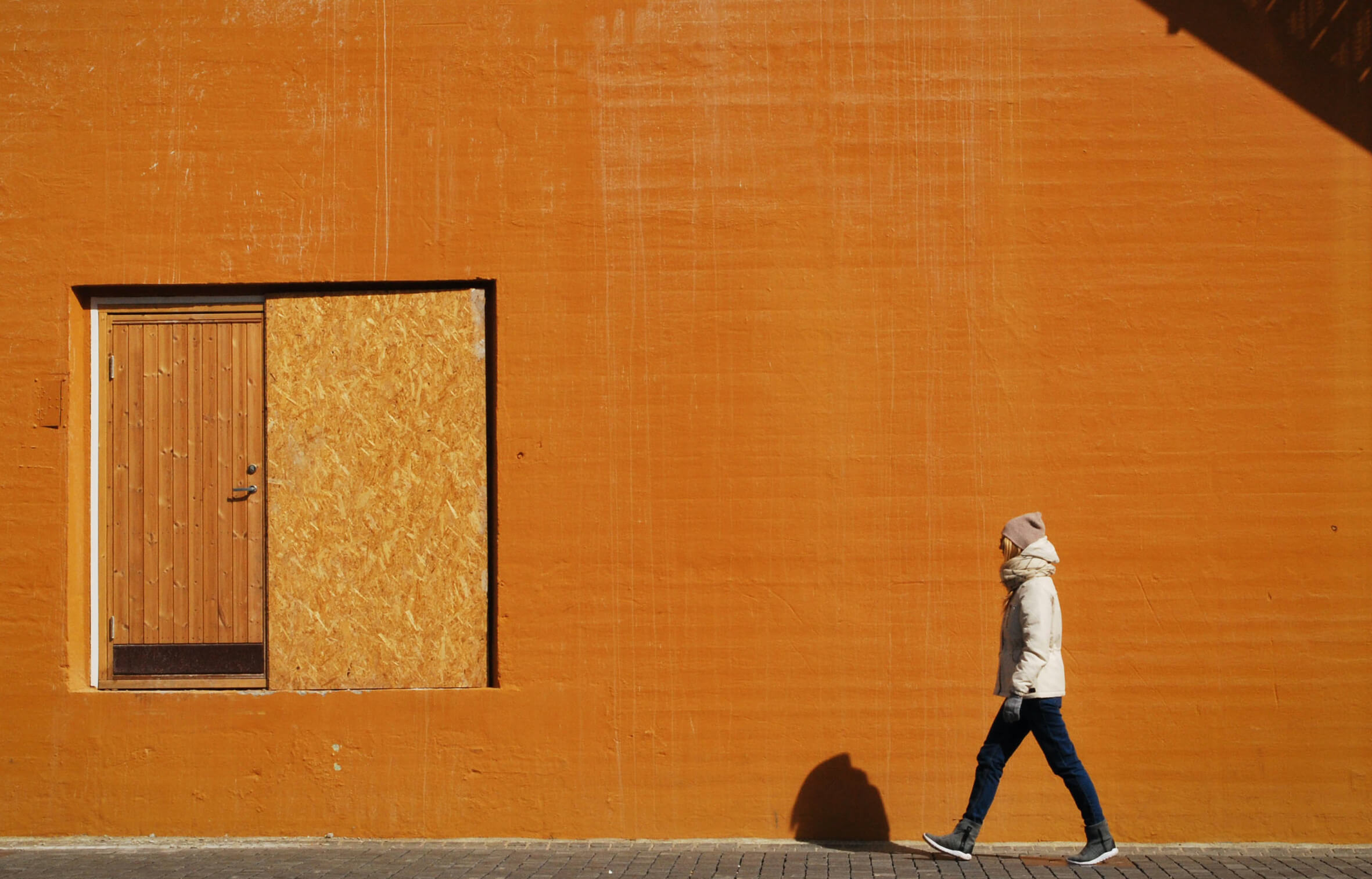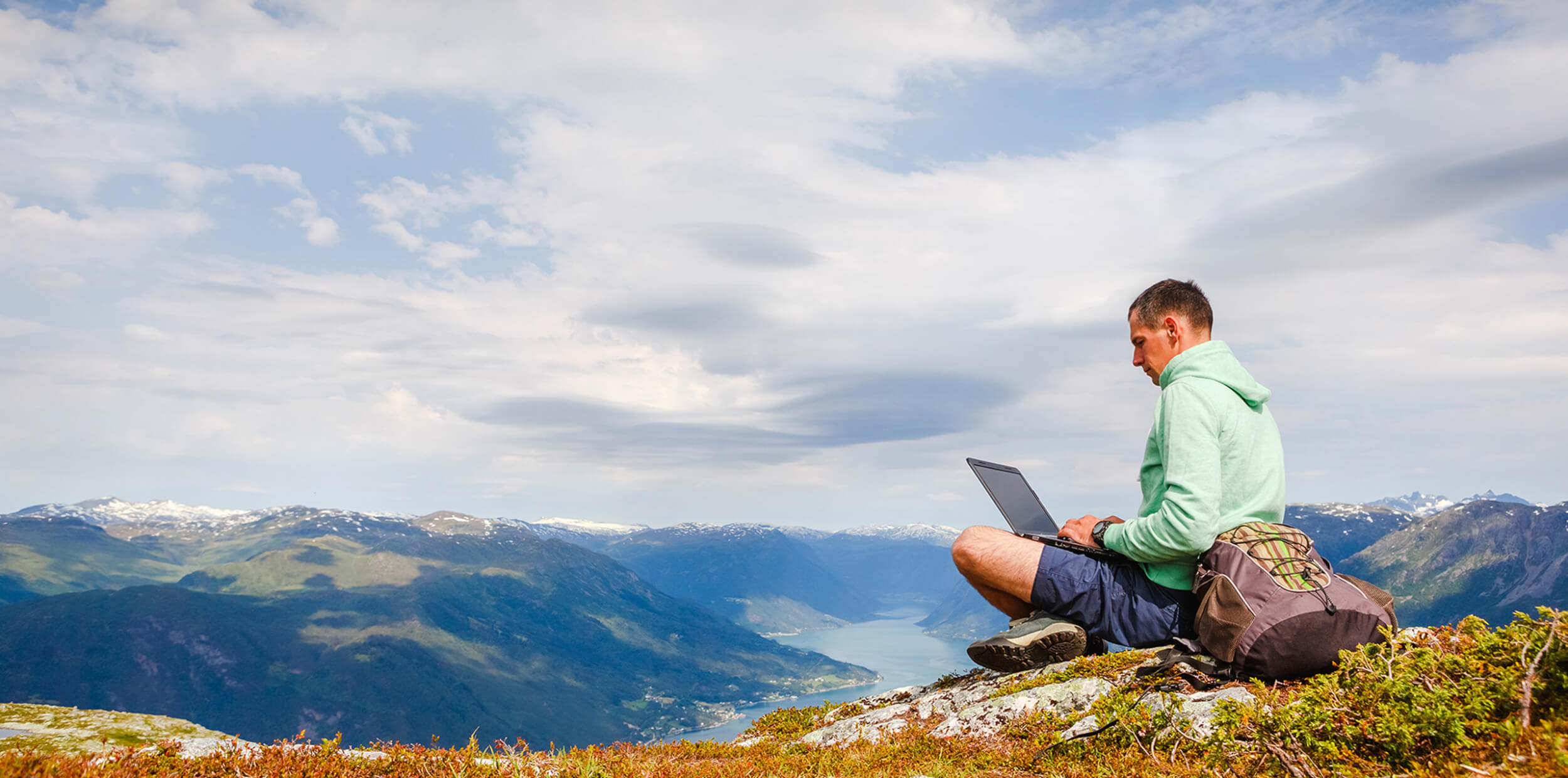September 24 2020
Tags:
Share:
I was recently asked by CharityComms to provide some insight for their Creatives Group about how to keep a team creatively refreshed using a remote working model. Having run our team remotely since 2015 it was a pleasure to be able to share why I believe that remote working is the way to create maximum creativity.
Back in 2015 our bricks and mortar studio lease was coming up for renewal and we had been at our studio in Brighton for 10 years. This also coincided with a personal opportunity to move to the Peak District and so we made a commitment to exploring how we could make it work. I had read the book Remote – Office Not Required by the founders of 37Signals back in 2013 and I was inspired to change how we worked, I could see this was the future of providing the right combination of freedom and trust to develop the happiest and creative team. In one of the opening chapters it said:
“A company that is efficiently built around remote work doesn’t even have to have a set schedule. This is especially important when it comes to creative work…the beauty of relaxing workday hours is that the policy accommodates everyone–from the early birds to the night owls to the family folks with kids who need to be picked up in the middle of the day…how employees distribute those hours across the clock and days just isn’t important.”
We knew we could take advantage of new developments in collaboration and communication technologies, and we researched how to make the most of our current platforms and integrated new ones.
It wasn’t all about the technologies though, it was about nurturing a creative community built on a sense of trust, freedom, a team and not about control. It was important to make sure that everyone was behind the new ways of working and we created a set of important agency team agreements such as an emphasis on flexible working, varied places of working and encouraging space for time-out including regular breaks, fitness and seeking out environments and experiences that inspire. A Stanford Study showed that creativity levels of people while they walked versus while they sat. A person’s creative output increased by an average of 60 percent when walking .

A person's creative output increased by an average of 60 percent when walking. (Photo by Tatiana from Pexels)
We know that everyone has different home life, priorities and challenges so we actively promote asynchronous working, being as flexible as possible. Don’t get me wrong, we don’t run the agency like a jelly, I would describe it more like a Christmas Day family dinner where it’s all about the prep so that the day and experience is magical and enjoyable. We plan, plan and plan some more at the outset of a project, setting milestones, key deliverable dates and collaboration dates etc but around that we are pretty relaxed, agile, leaving us open and receptive for inspiration. This means we are able to spend much more time in the creative space which results in broader, better and more exciting results. We don’t use time sheets, this has always been a creativity drain from my perspective and removes the trust and adds an unnecessary pressure that focuses too heavily on deadline and revenue rather than autonomy and collaboration.
After the remote move it opened up even more opportunities placing us in a position to be able to work with the best people, wherever they happened to be, if the current team moved area or county it didn’t matter and this has offered up numerous opportunities for further agency recruitment. After five years of going remote I can honestly say that this has allowed us to work with the best people, working where and when they are at their best.
It has created an empowering dynamic in our team and strengthened our sense of trust, collaboration, ownership and collective wellbeing – after all, that’s what our agency values and culture are based on.
Has the pandemic changed our practices as a team?
When the pandemic arrived and everyone shifted to remote working it certainly highlighted that the remote model rises to the occasion for the unexpected.
Obviously we have members of the team who have had to be home schooling and looking after or shopping for isolated parents, so the asynchronous way of working has come into its own. The ones with family segmented down their day into smaller regular chunks of time so that they can spend time with the family throughout the day and extended even into the weekend if that suits and it has flexed well.
Our flexible ‘places’ of working has had to change simply reducing the options of course but we still encourage variety. One example of this is often in the ideas and concept stage for a campaign, the best thinking often isn’t done at the computer, it’s done on a run or a walk. Just because we’re not at our desk doesn’t mean we’re not working – we still actively encourage this as work time, varying the surroundings, having a conversation with someone outside the team, doing a bit of gardening, sketching and observing. Creatives need stimulation, space and ways to be free to think. A Harvard Business Review article entitled ‘How To Kill Creativity’ quotes:
“Creativity thrives when managers let people decide how to climb a mountain; they needn’t, however, let employees choose which one.”
We’ve experienced a lot of clients who have struggled with the transition to remote working at this time. We had months to plan and research our shift, so the people who have had to transition to remote working in a matter of days, if not hours, we have a lot of sympathy for. We’ve been helping them with practices that have really worked for us.
Here are my top tips for to keep creative teams refreshed:
- Use ‘creative’ collaboration tools – I don’t about you but a Google Doc doesn’t do it for me on a creative front. It’s important to find collaboration tools that allow you to be creative. Milanote is one of our favourites. It’s like an Evernote for creative people. It’s a fun and informal way to share ideas. We thought we might miss sharing ideas in the studio so we searched for a platform that would allow us to use something that would be fun to use and allow everything from notes, screen grabs, sketches, video and keeps things pretty organised in an organic way.
- Asynchronous working and allow creatives to be creative – if the project allows, promote asynchronous working, in my experience this is the way to get the best out of creative people and especially in a remote working environment. As I mentioned we are project driven and not time driven, so as long as the projects and client commitments are met, I’m less about the detail about ‘when’ the magic happens, I trust and know my team to know that it will. Even when we were studio based, some of the team just weren’t morning people so we had a flexible working day, a different start and finish time dependent on what suited people best. Sometimes a solution can take 5 mins sometimes it takes 5 hours. You’ve got to be ok with that. Let go of control.
- Invest and make time to discuss ‘non work’ regularly – as a creative director I make sure I know what interests the whole team have, I know what makes them happy, what sports they like, which teams they support, what type of cooking they do or what diet they’re following and who’s important to them. That’s who they are and it’s important to me that I understand what drives them and makes them happy.
- Appropriate channels – this is a contentious one and not everyone will agree with me here but I encourage people to not use things like Whatsapp and Messenger and similar channels for work projects or clients (these can be very noisy and disruptive channels) – I think it’s best to be clear and respectful of professional channels to allow the team to keep the noise down and keep these for social. I do hear from people who communicate with clients and the team in this way and it can get quite overwhelming and it can also diminish and confuse work life balance.
In summary:
Allow creatives to be creative. If you are in a charge of a creative team or are in a creative team yourself, vary the day, ways of working, channels and be flexible and honest to what suits best. We are sensitive, idiosyncratic but bloody brilliant people. The less we fence ourselves the broader our thinking will be. As a client, working with an autonomous team built on trust and respect, you can be assured of a creative outcome that has a happy heart and bursts with positivity and purpose.

